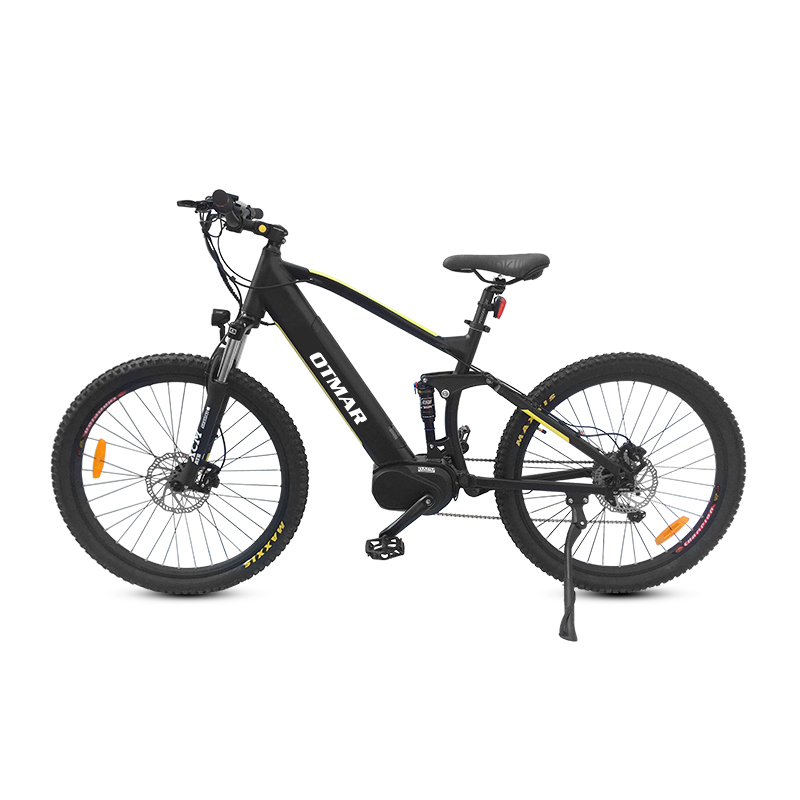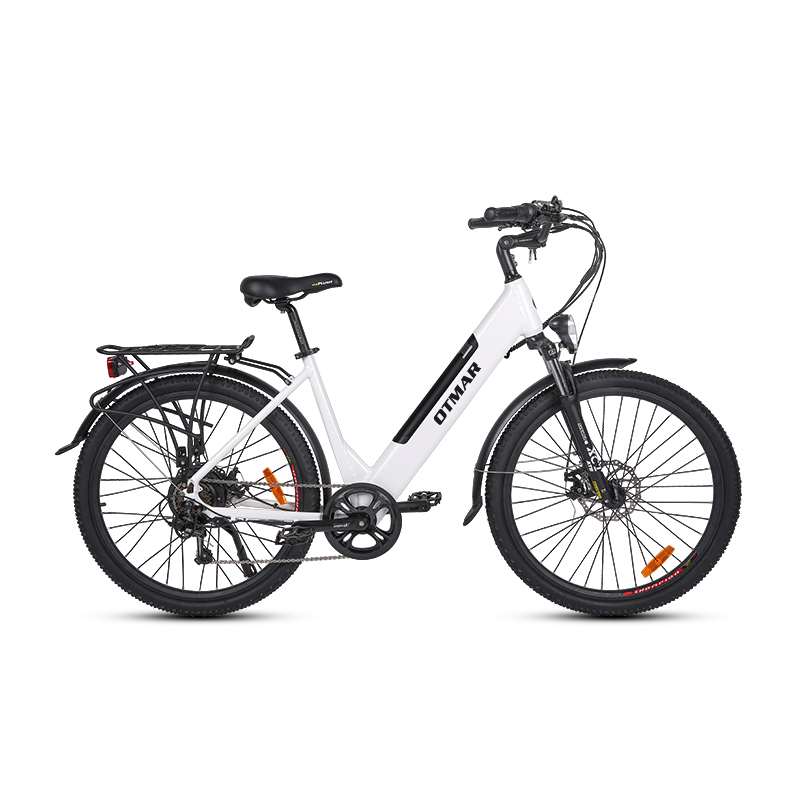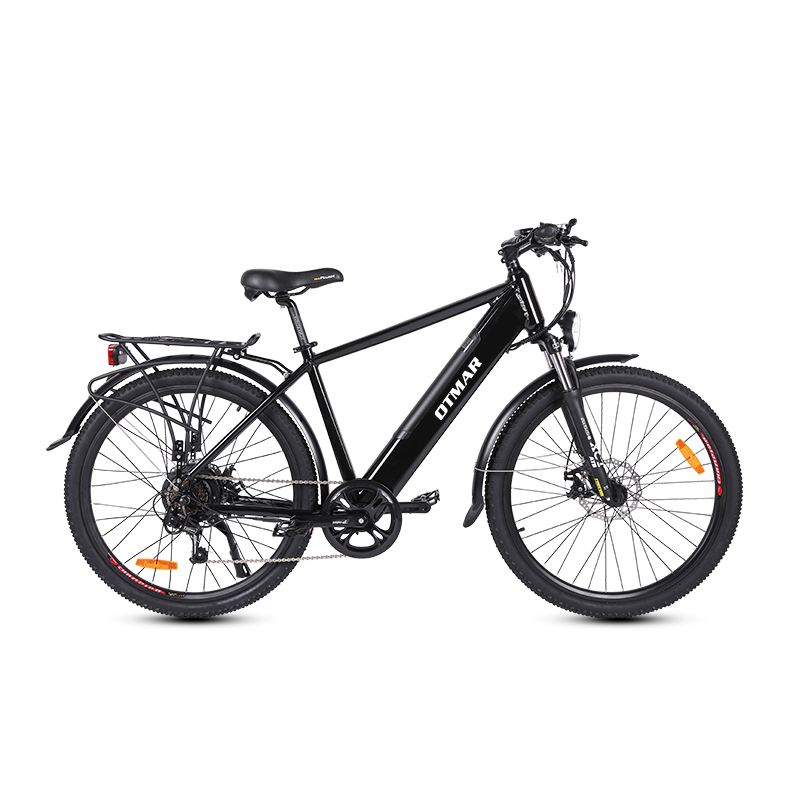- What is the principle of bicycle?
- September 14,2022
The principle of bicycle is the same as that of gyro.
1. Application in measurement when measuring the length of the runway, bicycles can be used. For example, the diameter of ordinary wheels is 0.71m or 0.66m. Then the length of one turn is diameter times PI, that is, about 2.33 meters or 2.07 meters. Then, let the car roll along the runway and record the number of rolling laps. The runway is 2.33n meters or 2.07n meters long.
2. Application of force and motion:
⑴ reduce and increase friction. The front axle, middle axle and rear axle of the vehicle are rolling to reduce friction. In order to further reduce friction, people often add lubricant to these parts. A number of uneven patterns are carved to increase friction. While braking, hold the brake handle firmly to increase the pressure of the brake skin on the steel ring, so as to prevent the wheel from rolling.
⑵ vibration reduction effect of spring. There are many springs under the cushion of the car, which can reduce the vibration by buffering.
3. Application of pressure knowledge:
⑴ the carrying capacity is engraved on the bicycle tire. If the vehicle is overloaded, the tire will be crushed due to too much pressure.
⑵ The seat cushion is saddle shaped, which can increase the contact area between the seat cushion and the human body to reduce the pressure on the hips, so that people are not easily tired when riding.
4. The application of simple mechanical knowledge The brake handle and connecting rod in the bicycle brake system are a labor-saving lever, which can increase the tension on the brake pad. In order to save effort or distance, bicycles also use axles: foot pedals and sprocket teeth; Rear wheel and flywheel, tap and shaft, etc.
5. Application of knowledge of work and mechanical energy:
⑴ According to the principle of work: saving effort will cost distance. Therefore, this is the reason why people often ride "s" shaped routes when going uphill.
⑵ Mutual transformation of kinetic energy and gravitational potential energy. For example, before riding a bike up a slope, people should step up a few times to make it easier to get up. Here, kinetic energy is converted into potential energy. When riding downhill, you don't need to pedal, and the speed is getting faster and faster. This is potential energy converted into kinetic energy.
(3) on the whole, bicycles are laborious machines, and they are generally used to save distance. Riding against the wind is more difficult than walking against the wind, because the force of cycling fees is "amplified".
6. Front and rear drives:
⑴ The bicycle belongs to the rear drive, that is, the rear wheel drive, and the front wheel is passive.
(2) Because of the rear drive, the tire marks of the bicycle after riding straight are straight and curved regularly. The straight ones are the rear tire marks, and the curved ones are the front tire marks.
Latest News
-
 Power assisted bicycle
Power assisted bicycle is a new type of two wheeled vehicle>>[MORE]
2022-08-20
Power assisted bicycle
Power assisted bicycle is a new type of two wheeled vehicle>>[MORE]
2022-08-20
-
 How to optimize the travel of electric bicycle
Each charging journey of an electric bicycle depends on your battery, motor and auxiliary level >>[MORE]
2022-08-23
How to optimize the travel of electric bicycle
Each charging journey of an electric bicycle depends on your battery, motor and auxiliary level >>[MORE]
2022-08-23
-
 How to ride safely with electric bicycle
E-bike commuting is simply not great!>>[MORE]
2022-08-21
How to ride safely with electric bicycle
E-bike commuting is simply not great!>>[MORE]
2022-08-21
-
 Add
Add16 Building , 168 Kechang road, qiubin street, Wucheng area, Jinhua,Zhejiang, CHINA
-
 E-mail
E-mailsales@electricbicyclestar.com
-
 Hotline
HotlineDirect line:86-579-82366681
Fax:86-579-82366683
Mobile:+86-15988591827
-
 Website
Website
Copyright©Jinhua SENO Technology Co.,Ltd










